Michael Jackson Sketches Easy Sketches of Michael Jackson
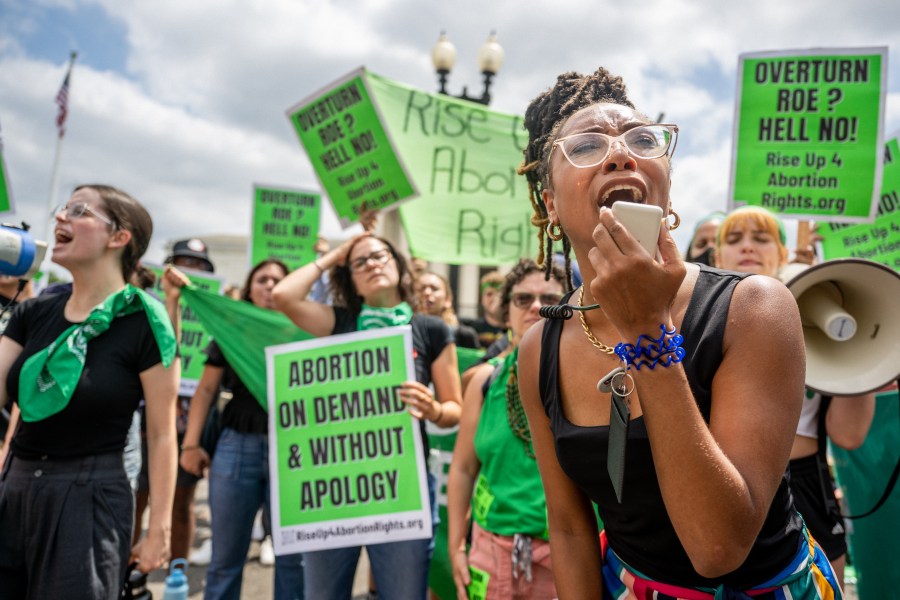
On June 24, 2022, the Supreme Court of the United States (SCOTUS) ruled in the case Dobbs v. Jackson Women's Health Organization, overturning Roe v Wade in an expected, yet still highly contentious ruling. The ruling closely resembles the draft opinion, leaked on May 2, 2022, in an unprecedented turn of events. The draft opinion signaled that at least four of the conservative justices would vote to overturn the landmark legislation that banned states from passing legislation that restricted a person's right to abortion. Indeed, Justices Alito, Gorsuch, Kavanaugh and Barrett voted to overturn the right to abortion previously protected by Roe v. Wade. Chief Justice John Roberts voted with the majority, but wrote that he would have supported upholding the Mississippi ban (more on that later) without fully overturning Roe.
Since the passage of Roe v. Wade in 1973, Americans have come to see the right to abortion as constitutionally protected. Popular support for abortion has fluctuated over the years, but polling from 2021 shows that 80% of Americans support abortion at least under some circumstances. Still, abortion has been a culture war topic for years, and the passage of Roe never stopped politicians from building platforms around issues such as defunding Planned Parenthood and other abortion providers.
In the last decade, several states have enacted increasingly severe abortion restrictions, with 2021 seeing a record amount of anti-abortion legislation, all aimed at overturning Roe v Wade. On December 1, 2021, one of these pieces of legislation, Dobbs v. Jackson, was taken up by the Supreme Court.
At the heart of Dobbs v. Jackson is the Gestational Age Act, which bans all abortions after the 15th week of pregnancy – save for life-threatening emergencies and abnormalities. The Jackson Women's Health Organization argued that this act was unconstitutional, prompting Mississippi State Health Officer Thomas Dobbs to refute Jackson's claim. The Supreme Court presided over their argument on December 1, 2021. To better understand how we got here, we're taking a look at the history of the reproductive rights movement to the present.
The Early History of Reproductive Rights
When Roe v. Wade made its way to the Supreme Court, the battle for reproductive rights was not new. Some of the earliest American abortion regulations formed in the 1820s and '30s, mainly stemming from the fact that abortion methods at the time were deemed dangerous.
By the 1850s, the American Medical Association began to call for the de-legalization of all abortions — except for cases in which a pregnant person's life was at risk. The alleged motive behind this decision was to ensure that the offspring of immigrants or lower-class folks didn't outnumber the offspring of upper-class folks. That controversial discourse was often accompanied by appeals to religious morality.
Within just a few decades, abortion was illegal in much of the United States. That didn't stop doctors in the 1880s from performing these procedures, nor did it stop people with uteruses from needing them. However, safe abortions were largely available exclusively to upper-class, white people; other people seeking reproductive aid were forced to resort to dangerous, "back-alley" methods, which were plagued by tremendous health risks and legal complications.
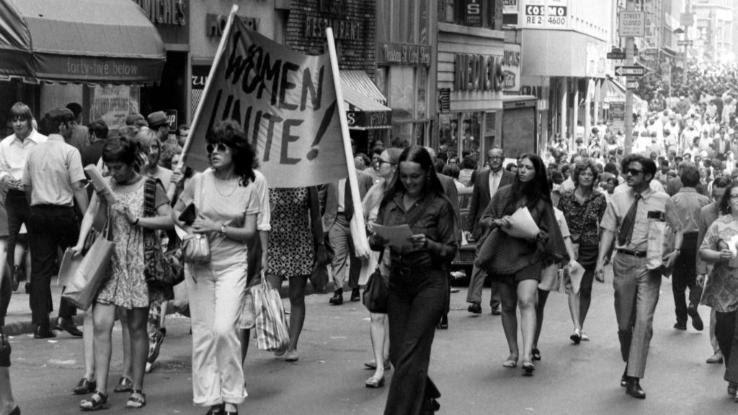
During the late 1950s and early '60s, women's rights groups — as well as groups like the American Law Institute — began to call for laws that allowed people with uteruses, regardless of their race or class, equal access to safe abortion services (explicit trans-inclusive stances had not yet adopted by the movement, which largely understood itself to be advocating for cisgender women).
In 1970, Hawaii became the first state to legalize abortion for its residents, while New York state started offering legalized, safe abortions for anyone in need. When Roe v. Wade made its way to the Supreme Court in 1973, other states, like Alaska and Washington, had followed Hawaii and New York's lead.
The Story Behind Roe v. Wade
The case we now know as Roe v. Wade first began in 1970: A woman named Norma McCorvey, referred to as "Jane Roe" in court documents to protect her privacy, filed a lawsuit against Henry Wade, the district attorney of Dallas County, Texas at the time.
What made McCorvey file that lawsuit? A new Texas law made abortion outright illegal unless the woman's life was at risk. Having grown up poor, McCorvey had already given up two children for adoption. She ended up doing the same with a third child, namely because she didn't have the money to pay a doctor for an abortion or travel to a place where they were legal.
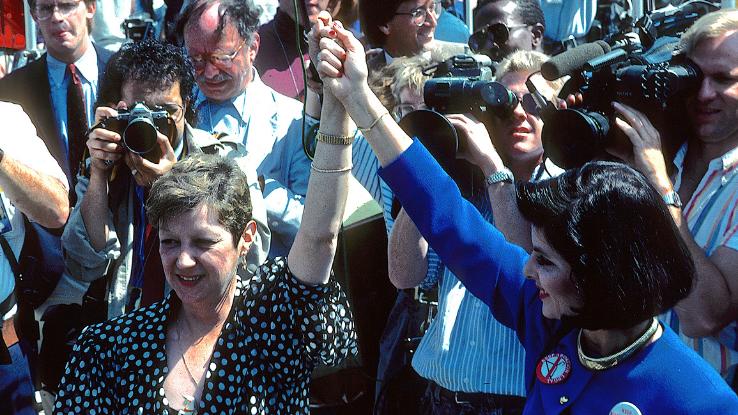
The criminalization of abortion would disproportionately impact impoverished people like McCorvey, as well as people of color. In June of 1970, the case reached the Texas District Court. The court did rule that the state's abortion ban was unconstitutional, but it refused to file an injunction. Neither Roe nor Wade was satisfied with this outcome, so both parties appealed the case to the Supreme Court, which agreed to hear it in 1971.
The Roe v. Wade Ruling
The Supreme Court made its ruling on Roe v. Wade on January 22, 1973. In a 7-2 decision, the court voted to strike down the Texas abortion ban, which prevented states across the country from outright banning pregnancy termination procedures. By and large, the court's decision made abortion services safe and more accessible to individuals throughout the country. According to Planned Parenthood, "the decision also set a legal precedent that affected more than 30 subsequent Supreme Court cases involving restrictions on access to abortion."
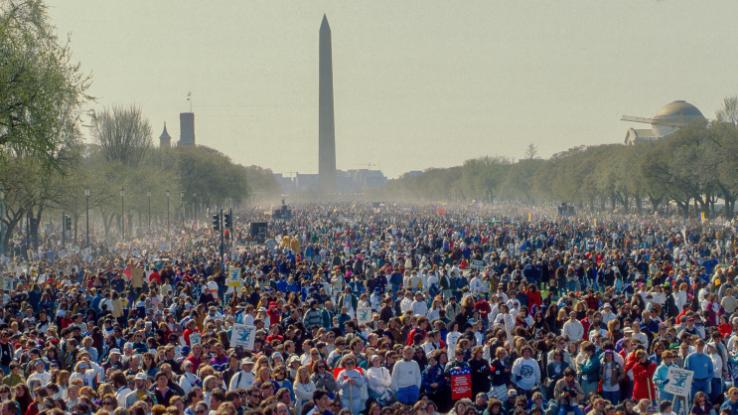
However, despite ruling in favor of Roe, the court did try to find some middle ground. As such, the court outlined a ruling that divided pregnancy into three trimesters. During the first trimester, they decreed that a person should have the choice to terminate their pregnancy; for the second trimester, states could regulate abortions, so long as they didn't ban them entirely; and, during the third trimester, the court ruled that states maintained the right to prohibit late-term abortions — unless the pregnant person's life was in jeopardy.
This landmark ruling faced tremendous backlash from staunch opponents of abortion. For the next three decades, the Supreme Court ruled on a series of cases that severely restricted abortion access for low-income people by upholding state and federal bans on funding for abortions and requiring that young people obtain parental consent (or notify their parents) before accessing abortion services.
How Do Roe v. Wade & Planned Parenthood v. Casey Relate to Dobbs v. Jackson?
In 1992, the Supreme Court's conservative majority led many pro-choice advocates to fear Roe v. Wade would be overturned, particularly when the court ruled on cases like Planned Parenthood of Southeastern Pennsylvania v. Casey. Although the core tenant of Roe was upheld during this time — that "the constitutionally protected right to privacy includes every [person's] right to make [their] own personal medical decisions" — the rulings still created more obstacles and restrictions for those seeking legal and safe abortions.
Nevertheless, abortion rights were upheld in the wake of Planned Parenthood v. Casey. The Supreme Court cited stare decisis (the practice of standing by previous court decisions despite dissenting opinions) as its primary reason for permitting abortions in America, albeit with a modified trimester plan. Justices Sandra O'Connor, Anthony Kennedy, and David Souter (who were all appointed by Republican presidents) refused to overturn Roe v. Wade in 1992, with O'Connor contributing the "undue burden" statement that is often echoed by many pro-choice advocates.
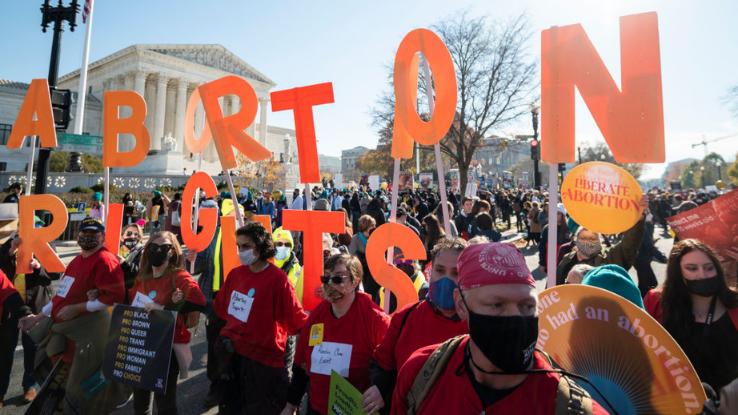
However, the December 1, 2021,Dobbs v. JacksonSupreme Court hearing once again highlighted how precarious the right to abortion still is in America. Mississippi Solicitor General Scott Stewart outright said that "Roe v. Wade and Planned Parenthood v. Casey haunt our country", and that both cases have "damaged the democratic process." According to Stewart, he seeks to overturnRoe v. Wade (and Planned Parenthood v. Casey, by extension), so that abortion rights can be decided on a state-by-state basis.
Julie Rikelman, the Senior Director of the Center for Reproductive Rights, argued on behalf of the Jackson Women's Health Organization. Rikelman sought to uphold Roe v. Wade, and to illustrate why a 15-week ban on abortion "is flatly unconstitutional under decades of precedent." Put simply, fetal viability occurs during the 24th week of pregnancy. Moving the viability line up to the 15-week mark ignores the precedents set by Roe v. Wade and Planned Parenthood v. Casey. Rikelman also worries that adjusting the viability line will encourage states to "ban abortion at virtually any point in pregnancy."
Details like fetal viability were pivotal to deciding the outcomes of Roe v. Wade and Planned Parenthood v. Casey. When the Supreme Court ruled 7-2 in favor of linking abortion with a woman's right to privacy, their decision came with several caveats — namely, the trimester framework that we previously mentioned. The justices of the Supreme Court spent countless hours discussing this framework as well as the ethics behind abortion. When Justice Harry Blackmun drafted the majority decision, he only did so after confirming that fetal viability specifically occurs during the third trimester of pregnancy.
Dobbs v. Jackson Has Ushered Us Into a Post-Roe America
The Supreme Court determined the outcome of Roe v. Wade in 1973, and it was the only entity that could formally overrule that decision. Neither governors nor presidents could overrule this case on a whim, though the power of the President to influence the political landscape through court appointments, long after their term has ended, has come into sharp focus.
The timing of this case, and the ramped-up legislative efforts to restrict abortions around the country, is no coincidence. Since the appointment of three conservative justices to the court by former President Trump, anti-choice advocates and politicians have made fast moves to put in place laws that they believed would be upheld by this Supreme Court ruling. All of this happened despite several of these justices assured members of Congress that they believed Roe to be "settled law".
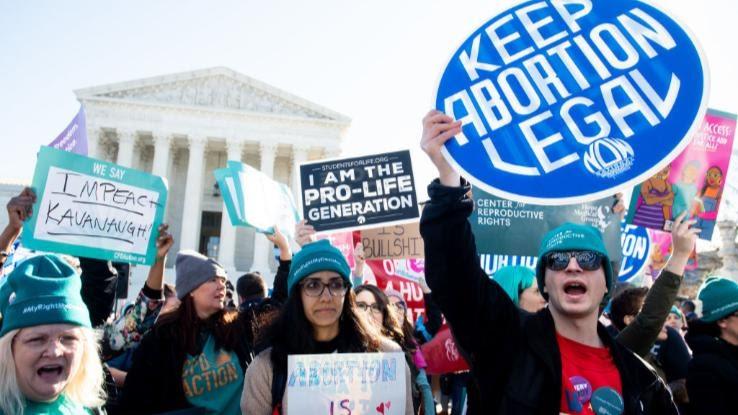
The outcome of this ruling will have immediate effects on states with so-called "trigger laws." Thirteen states had laws preemptively put in place in anticipation of this ruling, and those states will see abortion rights overturned in the next 30 days. These states include Arkansas, Idaho, Kentucky, Louisiana, Mississippi, Missouri, North Dakota, Oklahoma, South Dakota, Tennessee, Texas, Utah, and Wyoming. In response, states like California are working on legislation that would transform these states into abortion sanctuaries for individuals who need assistance.
The weeks ahead are sure to see protest movements and political organizing to protect abortion access as well as a slew of other rights that have been called into question at this moment, and the power of protest should not be disavowed.
Source: https://www.ask.com/news/roe-v-wade-history?utm_content=params%3Ao%3D740004%26ad%3DdirN%26qo%3DserpIndex&ueid=0c433ff7-f74a-4752-baaa-bba601aace0a
0 Response to "Michael Jackson Sketches Easy Sketches of Michael Jackson"
Post a Comment